
Can products without FDA certification be exported to the US?
It depends on the type of product. For products under FDA regulation, meeting FDA certification requirements is necessary for exporting to the US.
For products not under FDA regulation, other certifications such as FCC or CPC might be required.
According to US regulations, all foods, drugs, medical devices, cosmetics, and laser radiation products exported to the US must comply with FDA (Food and Drug Administration) requirements. Products not approved by the FDA are not allowed into the US market. Therefore, food and drugs that have not been registered or approved by the FDA cannot be exported to the US.
Products exported to the US must strictly follow relevant FDA regulations.
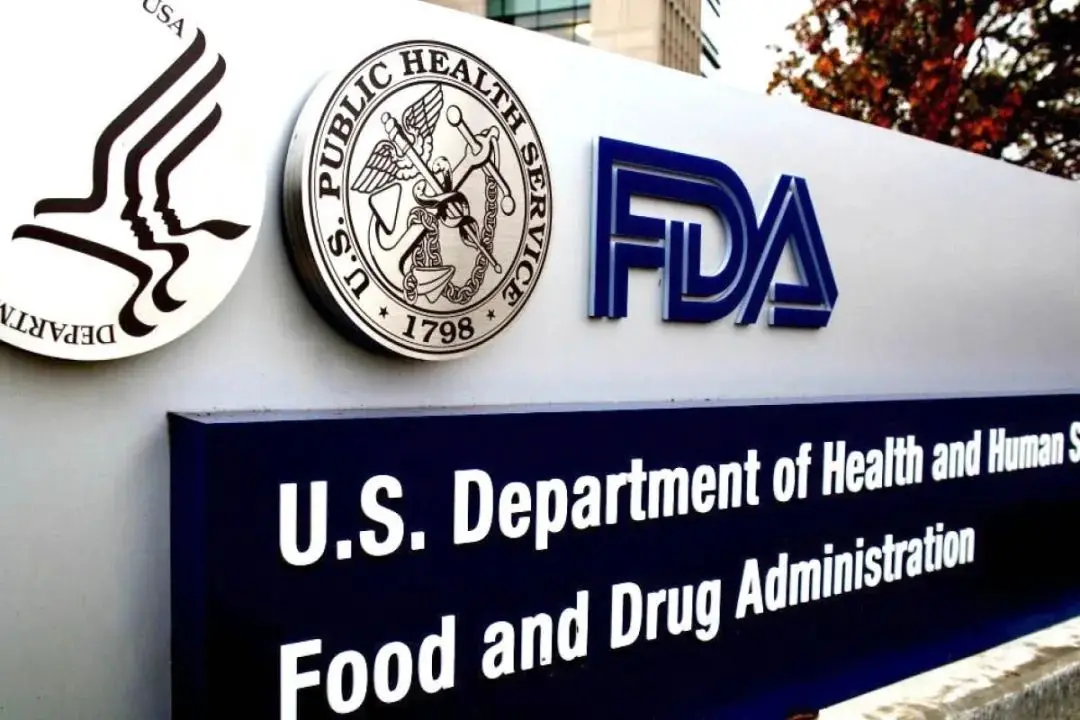
Current FDA Certification Policies:
Food Export to the US (FDA Food Safety Modernization Act) Requirements:
1. Ordinary foods must have FDA registration (FFR registration code).
2. Acidified and low-acid foods require FFR registration, FCE registration, and SID registration.
3. A US local agent must be designated.
4. Prior Notice must be filed (done after shipment).
5. Packaging labels must comply with regulations; ordinary foods should not claim medicinal effects to avoid being classified as drugs.
6. A D-U-N-S number is required for FDA registration; exporters involved can register one for free in advance.
Note: If the US importer is a factory or has storage warehouses (for reprocessing or repackaging), the US importer must also obtain FDA registration.
Cosmetic Export to the US (MoCRA Regulations) Requirements:
1. FDA registration of cosmetic facilities (factories).
2. FDA listing of products.
3. A US local agent must be designated.
4. An FEI number (generated by the FDA system to identify companies) is required.
5. Packaging labels must comply with regulations; claims like whitening, beautifying, skin enhancement, acne treatment, and sun protection may classify the product as a drug.
6. The D-U-N-S number is optional for cosmetic FDA registration but recommended for exporters.
Medical Device Export to the US Requirements:
FDA categorizes medical devices into three classes:
- Class I: Low-risk devices, such as toothbrushes, bandages, and hearing aids.
- Class II: Higher-risk devices, such as laser/RF beauty instruments and syringes.
- Class III: High-risk devices, such as artificial heart valves and implantable pacemakers.
1. Class I or II exempt from 510(k) devices:
- FDA company registration and product listing are sufficient; low-risk devices do not require product testing.
- Requirements:
- Application form
- US agent
2. Class II devices require obtaining a 510(k) number before completing FDA registration and listing:
- Requirements:
- Safety/electromagnetic compatibility, biocompatibility test reports
- Factory must comply with ISO 13485 system
- Technical documentation preparation
- D-U-N-S number
- US agent
Note: Companies with annual sales below $100 million can get a 510(k) review fee reduction.
Laser Radiation Product Requirements in the US:
Laser radiation products must undergo FDA standard testing and obtain a report before completing FDA registration. Annual report updates are required.
- Required documents:
- Application form
- Sample testing (21 CFR 1040.10)
- Product technical information, quality procedures
- Relevant labels
- US agent
Drug Requirements in the US:
1. OTC (over-the-counter) drugs:
- Registration as OTC drugs depends on whether the active ingredients are within the FDA monograph scope. If not, new drug application is required.
- Required documents:
- Application form
- Packaging images
- Label compliance
- D-U-N-S number
- US agent
2. API and excipient DMF registration (optional):
- Types of FDA DMF:
- Type II: For active pharmaceutical ingredient information
- Type III: For packaging material information
- Type IV: For existing drug component or formulation information
- Type V: Contains reference information accepted by the FDA
Generally, FDA registration is not difficult, but full compliance with FDA regulations is a complex process. Many companies have completed FDA registration and compliance with the help of Chinese JJR Laboratory services.
Email:hello@jjrlab.com
Write your message here and send it to us
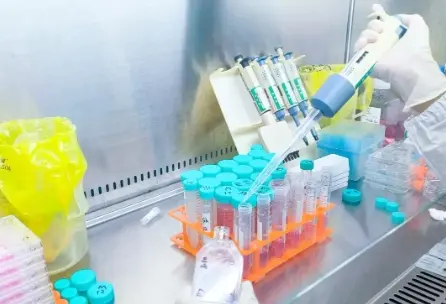 What to Do If Cytotoxicity Test Results Are Positi
What to Do If Cytotoxicity Test Results Are Positi
 ISO 10993:5 Cytotoxicity Testing Methods
ISO 10993:5 Cytotoxicity Testing Methods
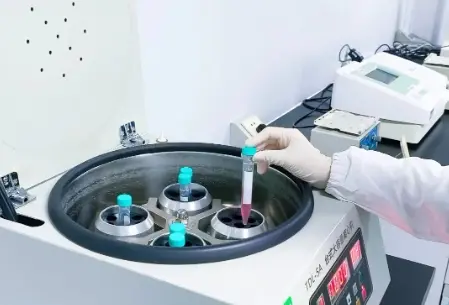 FDA ISO 10993-1 Biocompatibility Evaluation Guidel
FDA ISO 10993-1 Biocompatibility Evaluation Guidel
 In Vitro Cytotoxicity Testing for Medical Devices
In Vitro Cytotoxicity Testing for Medical Devices
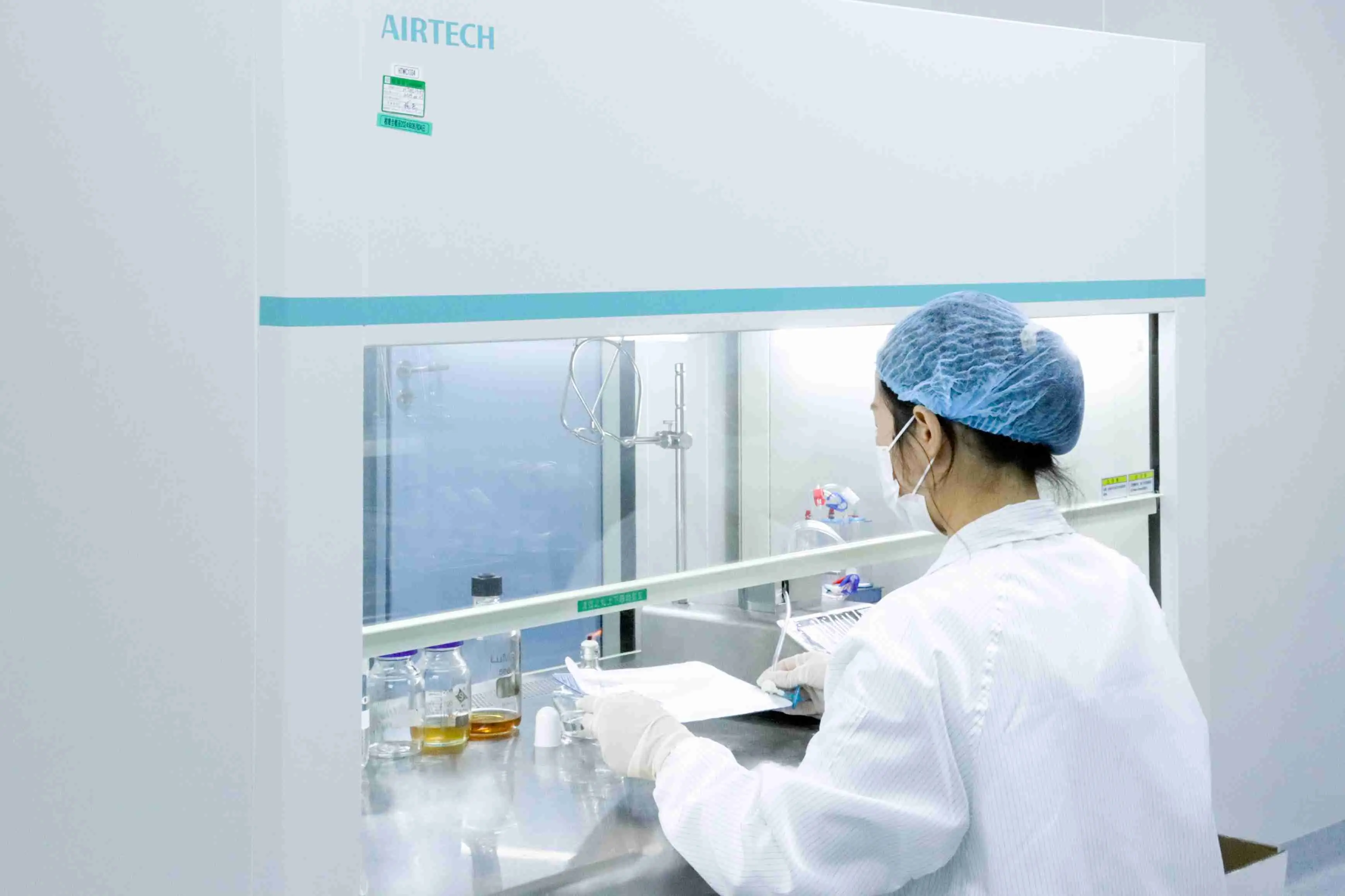 Biocompatibility Test Cases
Biocompatibility Test Cases
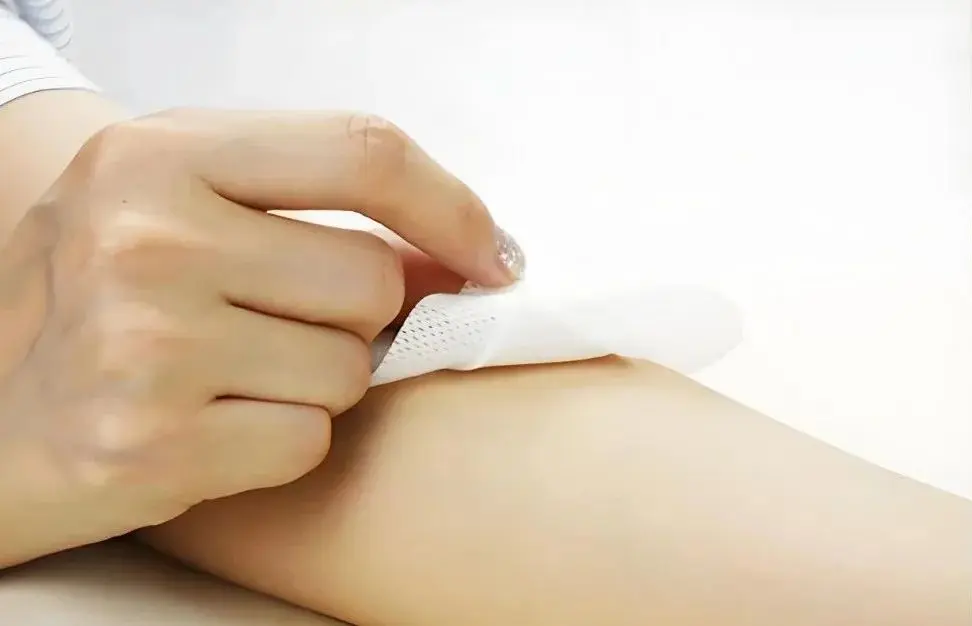 Wound Dressing Registration and Testing Services
Wound Dressing Registration and Testing Services
 ISO 10993 In Vitro Cytotoxicity Testing
ISO 10993 In Vitro Cytotoxicity Testing
 Medical Suture Compliance Certification Testing
Medical Suture Compliance Certification Testing




